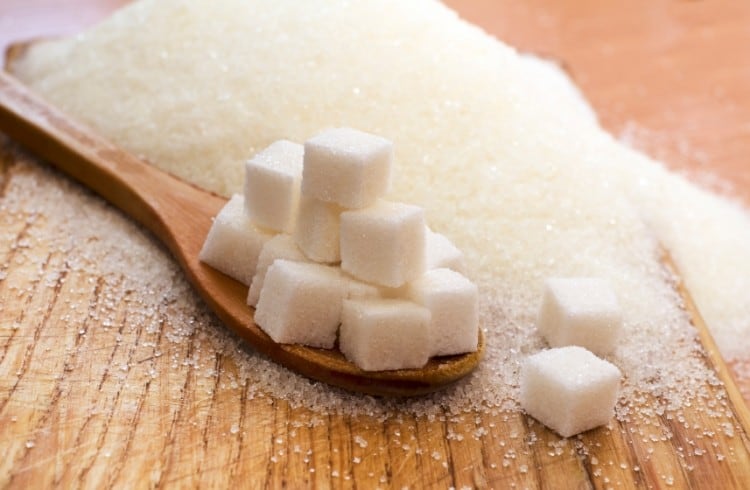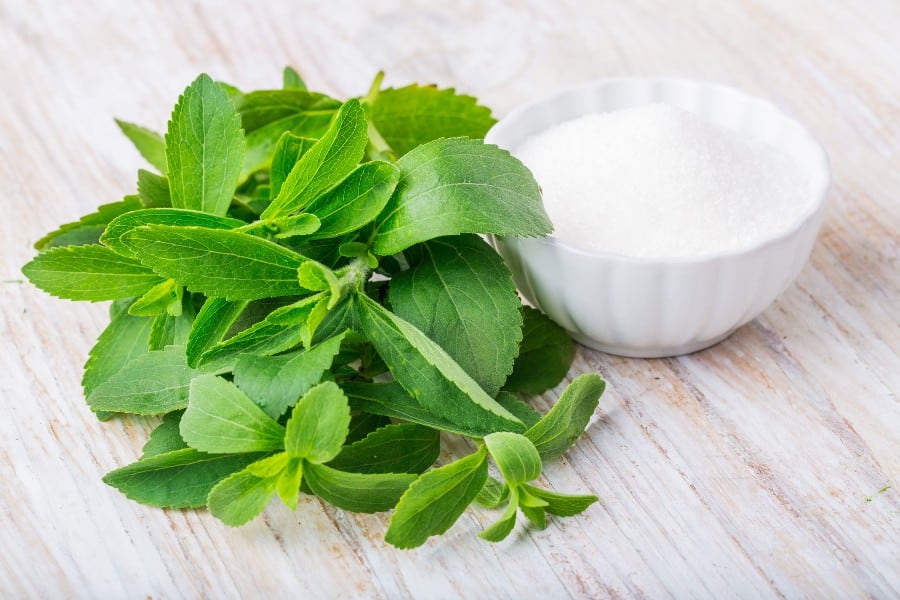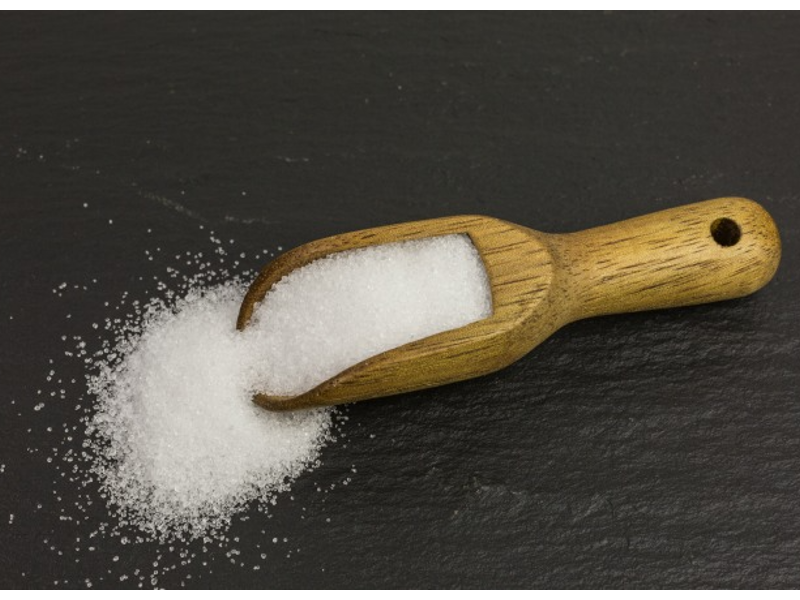Research in the past 18 months from ingredient manufacturers has reached the same conclusion … consumers are actively avoiding or reducing sugar. Data from Sugar Reduction & Specialists Ingredion reveals that sugar content is what consumers now look for most often on front-of-pack – and consumer research reveals one-third of shoppers are actively reducing their sugar intake.
It’s a claim backed up by fellow ingredient manufacturer ADM whose own data reveals that as many as eight-in-10 EU consumers are actively avoiding or reducing sugar.
Reformulation
Food and beverage industry reformulation is the main priority with the potential impact of regulatory moves and the growing momentum behind front-of-pack labelling like Nutri-Score as important tailwinds.
Sarah Diedrich, Marketing Director of Global Sweetening & Texturizing at ADM told our sister title foodnavigator.com “that ‘motivations vary’ for this high level of engagement with sugar reduction. Health is an important factor,” she suggested, “but this can range from those who are restricting calories to people with conditions that necessitate dietary change. Sometimes, it is as simple as people believe sugary products are ‘too sweet’.”
The demand for reduced sugar options is broad-based with products launched in the last two years across all categories with reduced, low, no added or even zero sugar claims, even in the most indulgent of categories like ice cream and sweet biscuits.
Innova data that shows ice cream and biscuit launches with sugar messaging saw CAGR from 2017-21 of 13% and 14% respectively – and sports Nutrition is also a growing area for reduced sugar claims as well as the dairy alternatives market.”
In confectionery there has been a huge ‘mindful indulgence’ trend is resulting in new formulations using the natural flavour of cocoa as a sugar reducer, to deliver the impact and indulgence consumers crave.
Functional
One of the biggest challenges when replacing sugar with high intensity sweeteners in confectionery formulations is the loss of its functional properties, like bulking and texturization and many ingredients and chocolate companies are realising the potential of using natural, nutritious ingredients to replace sugar.
“Formulating for the growing sugar-free category, usually means incorporating high-intensity sweeteners like Stevia or monkfruit. Here, cocoa powder can soften the off tastes of these ingredients, creating a complete flavour profile rather than just sweetness overload.
“Red alkalized cocoa powders… offer a smoother, less bitter flavour profile meaning products don’t need as much sweetening. Another effective way to maintain a rich mouthfeel and flavour in chocolate products is by incorporating zero-fat cocoa powders or medium alkalized cocoa powders, which can help reduce sugar content in a recipe,” Dr J.I.X Antony, Vice President of Innovation at ofi, told foodnavigator.




